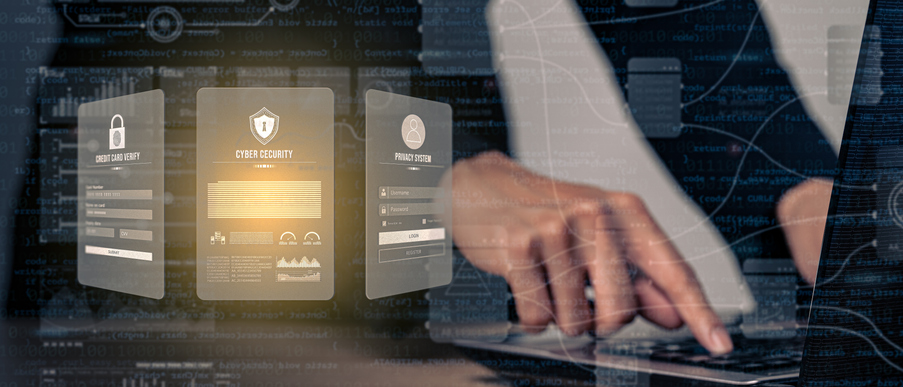4 min read
Maximizing Network Security: Exploring Firewalls, Proxy Servers, and SIEM
Hello Cyber Enthusiasts! In today's online world, keeping our digital spaces safe is like locking our doors at night. It’s essential. Whether you’re...
2 min read
 The Amazing Team at Force One
:
Mar 13, 2024 12:00:00 PM
The Amazing Team at Force One
:
Mar 13, 2024 12:00:00 PM
Ransomware is a type of malicious software designed to block access to a computer system or encrypt files until a ransom is paid. Understanding the nature of ransomware threats is crucial in developing effective prevention strategies. By studying the different types of ransomware, their distribution methods, and the tactics employed by cybercriminals, organizations can better prepare themselves to defend against such attacks.
Organizations should be aware of the common entry points for ransomware, such as malicious email attachments, infected websites, or vulnerable software. They should also understand the potential consequences of a successful ransomware attack, including financial losses, reputational damage, and the disruption of business operations.
One of the most effective ransomware prevention techniques is providing comprehensive training and raising awareness among employees. Human error is often a major factor in successful ransomware attacks, as attackers exploit employees' lack of knowledge or carelessness.
Organizations should educate employees about the risks of ransomware and teach them how to identify suspicious emails, links, or attachments. Training programs should cover topics such as phishing attacks, social engineering techniques, and safe browsing practices. By empowering employees with the knowledge and skills to recognize and report potential threats, organizations can significantly reduce the likelihood of successful ransomware attacks.
Regularly backing up data is a crucial defense against ransomware attacks. By creating and maintaining secure backups of important files and systems, organizations can quickly restore their data in the event of a ransomware incident, minimizing the impact on business operations and reducing the need to pay the ransom.
It is important to follow best practices for data backups, such as storing backups offline or in a separate network segment to prevent them from being compromised by ransomware. Organizations should also regularly test their backup and recovery processes to ensure their effectiveness.
Endpoint security plays a critical role in preventing ransomware attacks. Organizations should implement robust security measures on all endpoints, including computers, laptops, mobile devices, and servers. This includes deploying antivirus software, firewalls, and intrusion detection systems to detect and block malicious activities.
Additionally, organizations should keep their operating systems and software up to date with the latest security patches and updates. Vulnerabilities in outdated software can be exploited by ransomware attackers to gain unauthorized access to systems.
To enhance ransomware prevention, organizations should invest in advanced threat detection tools. These tools use machine learning algorithms and behavioral analysis to identify and block ransomware threats in real time.
Advanced threat detection tools can detect patterns and anomalies in network traffic, identify suspicious activities, and provide early warnings of potential ransomware attacks. By leveraging these tools, organizations can proactively defend against ransomware and minimize the impact of any successful attacks.
If you’re interested in more job tips and ways to advance your career, check out more details at ForceOneCybersecurity.

4 min read
Hello Cyber Enthusiasts! In today's online world, keeping our digital spaces safe is like locking our doors at night. It’s essential. Whether you’re...

2 min read

3 min read
As we navigate through the digital age, the importance of cybersecurity has never been more paramount. With each passing year, the sophistication and...